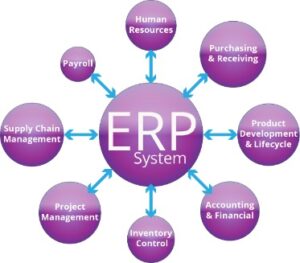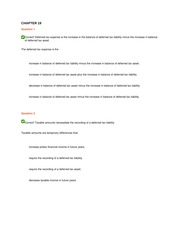
Reconciling your accounts is an essential part of managing your finances in QuickBooks Online. By following the steps above, you can reconcile your accounts accurately and ensure that your records match your bank or credit card statement. Remember to regularly reconcile your accounts to maintain financial accuracy and avoid discrepancies. To run a reconciliation report, navigate to Settings, choose Reconcile, and then select History by account.
Think of your business finances as a puzzle — every transaction, every payment, every deposit is a piece of that puzzle. Reconciliation is the process of fitting those pieces together accurately, creating a clear picture of your financial landscape. This process ensures that your recorded transactions align with the transactions reported by your bank, guaranteeing that no errors or fraudulent activities slip through the cracks.
This is the same idea as balancing an account and checkbook in more manual times. To carry out a reconciliation, you will need to have your monthly bank or credit card statements on hand. Account reconciliation in QuickBooks is a pivotal task for maintaining accurate and reliable financial records. This guide has walked you through the essential steps of the reconciliation process, from preparing your documents to troubleshooting common issues. Troubleshooting reconciliation issues in QuickBooks demands a careful and methodical approach. By systematically addressing discrepancies, ensuring balance, and amending previously reconciled transactions correctly, the integrity of your financial records can be maintained.
Step 4: Finalizing the reconciliation
If you reconciled a transaction by mistake, here’s how to unreconcile it. If you adjusted a reconciliation by mistake or need to start over, reach out to your accountant. If you reconciled a transaction by mistake, here’s how to unreconcile it. Be careful not to reconcile transactions that are not yet cleared or present on your bank statement.
Reconcile a bank, credit card, or petty cash account

In cases where an opening balance wasn’t entered previously, QuickBooks Online provides the option to running multiple businesses add it retrospectively. If you signed up to try a new way to reconcile in QuickBooks Labs, you’re in the right place. If you didn’t, you can learn about the current QuickBooks reconciliation here. You can also make small edits if needed right within this window.
Step 1: Accessing the Reconciliation Tool
If they are not, the process is the same, but it might just take a little longer. Adjusting entries may be necessary to correct these discrepancies, particularly in cases of bank errors or charges and fees not recorded in QuickBooks. Also, consider timing differences, such as checks that have been issued but not yet cashed, or bank fees that have yet to be recorded in QuickBooks.
If the difference is not zero, you may need to review your transactions again to find any discrepancies. After entering the statement date and ending balance, you’ll see a list of transactions that need to be reviewed and matched. Go through each transaction and ensure that it matches the transactions on your bank or credit card statement. You can also mark transactions as cleared or add new transactions that may be missing.
If you’re a business owner or an accountant, you’re likely aware of the crucial role that accurate financial records play in the success of your enterprise. In the realm of financial management, reconciling accounts stands as a fundamental task. It ensures the what are assets and liabilities a simple primer for small businesses harmony between your recorded transactions and the reality reflected in your bank statements. QuickBooks, a leading accounting software, offers a powerful toolset for precisely this purpose. In this comprehensive guide, we’ll walk you through the step-by-step process of reconciling accounts in QuickBooks, ensuring your financial accuracy and peace of mind.
- Then, make the necessary changes to ensure the transaction details accurately reflect the actual transaction.
- If you reconciled a transaction by mistake, here’s how to unreconcile it.
- Let’s delve into the specific advantages that QuickBooks brings to the table.
- It also affects the beginning balance of your next reconciliation.
Sometimes things get missed – it’s bound to happen every once in a while. If you find a mistake in a reconciliation, net cash flow don’t worry. Follow the section based on what type of account you’re reconciling. If a transaction is missing in QuickBooks, ensure that you haven’t accidentally omitted it.
If this is the first time you’ve reconciled, we recommend that you start with your simplest account that has the least amount of transactions. Reconciling is simple but it requires you to focus and do one step at a time. Experts pick a time to reconcile when they won’t be interrupted and possibly lose their place. It can be frustrating if you have to start over when you’re checking transactions.

Seneste kommentarer